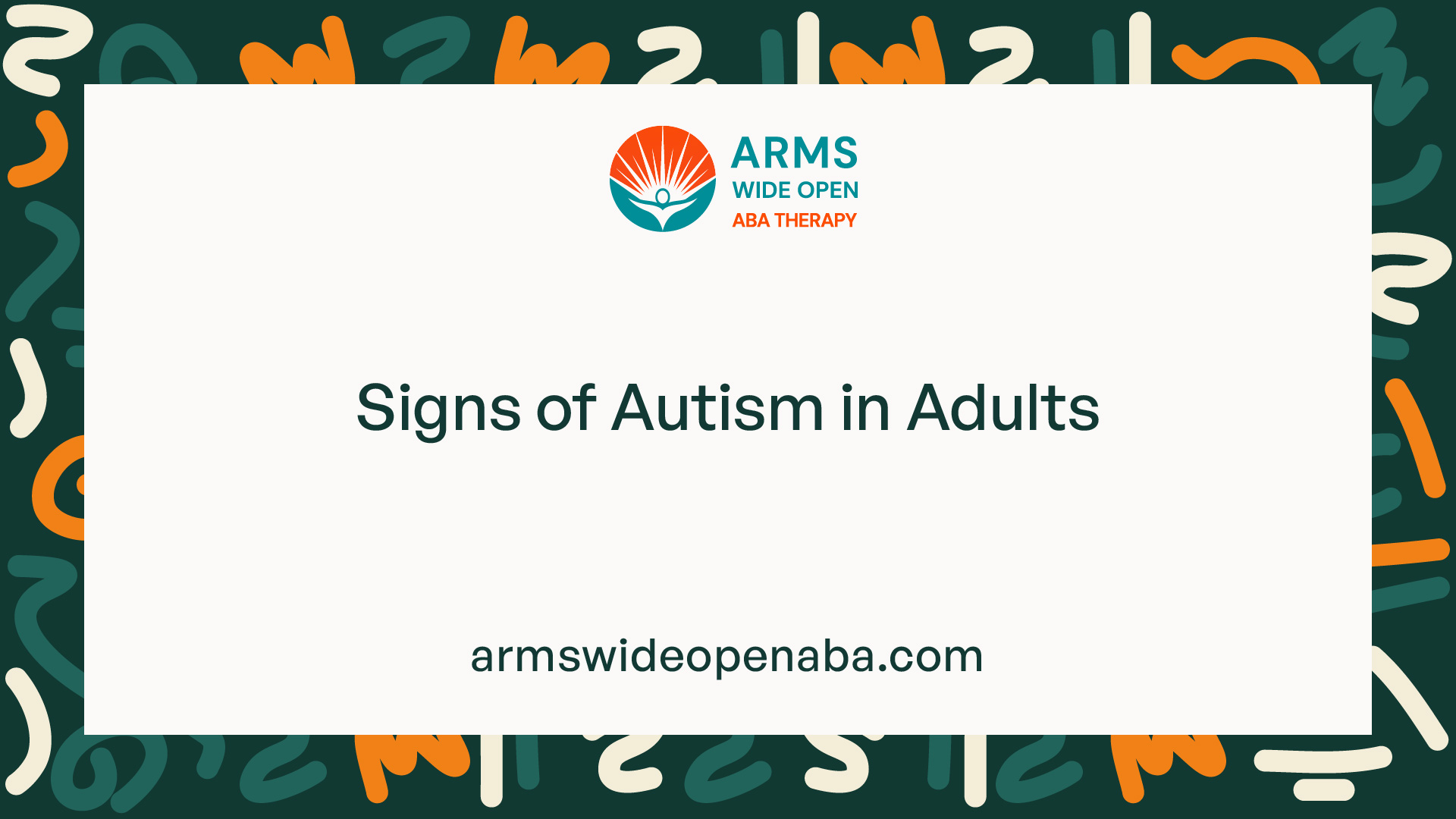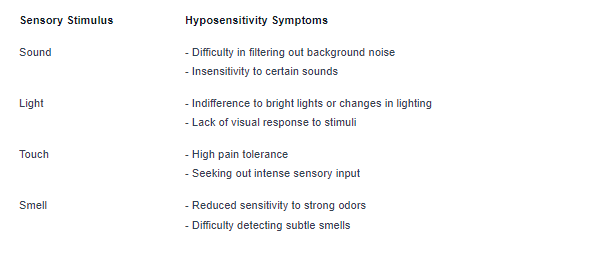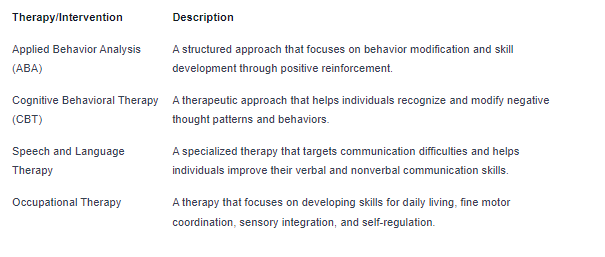Signs of Autism in Adults
Unveiling the signs of autism in adults, from social challenges to unique behaviors. Discover support and resources for a better understanding.

Understanding Autism in Adults
Autism Spectrum Disorder (ASD) is a neurodevelopmental disorder that affects individuals' social interaction, communication, and behavior. While autism is typically associated with childhood, it is important to recognize that it can persist into adulthood. In this section, we will provide an introduction to Autism Spectrum Disorder and explore its prevalence in adults.

Introduction to Autism Spectrum Disorder
Autism Spectrum Disorder is a complex condition that impacts individuals in various ways. It is characterized by difficulties in social interaction, communication challenges, and repetitive or restricted behaviors. The term "spectrum" is used to reflect the wide range of symptoms and severity that individuals with autism can experience. Some individuals may have mild symptoms, while others may require more significant support in their daily lives.
Autism is a lifelong condition, but with appropriate interventions and support, individuals with autism can lead fulfilling lives and make valuable contributions to society. It is essential to understand the signs and symptoms of autism in adults to ensure early identification and access to appropriate resources and interventions.
Prevalence of Autism in Adults
While autism is often associated with childhood, it is increasingly recognized that many individuals continue to experience symptoms into adulthood. The prevalence of autism in adults varies across different studies and populations.
It's important to note that these prevalence rates can vary depending on the criteria used for diagnosis and the population being studied. Additionally, due to the challenges in identifying autism in adults, these rates may not fully capture the true prevalence.
Recognizing the signs of autism in adults is crucial for early diagnosis and access to appropriate support and services. By understanding the unique experiences and challenges faced by adults with autism, we can work towards creating a more inclusive and supportive society for individuals on the autism spectrum.
Signs and Symptoms of Autism in Adults
Recognizing the signs of autism in adults is crucial for early identification and appropriate support. Autism spectrum disorder (ASD) can present differently in adults compared to children, often requiring a closer look to identify the signs. In this section, we will explore the challenges adults with autism face in social interactions, communication difficulties, and restricted and repetitive behaviors.
Challenges with Social Interactions
One of the key signs of autism in adults is difficulties with social interactions. Individuals with autism may struggle with understanding and appropriately responding to social cues and norms. They may find it challenging to initiate or maintain conversations, interpret non-verbal cues like facial expressions or body language, and engage in reciprocal social interactions.
Challenges with Social Interactions
Difficulty initiating or maintaining conversations
Difficulty interpreting non-verbal cues
Challenges in engaging in reciprocal social interactions
Communication Difficulties
Communication difficulties are another common sign of autism in adults. These challenges can manifest in various ways, including difficulty with verbal and non-verbal communication. Adults with autism may have trouble expressing their thoughts and emotions, understanding sarcasm or abstract language, and maintaining appropriate eye contact during conversations.
Communication Difficulties
Difficulty expressing thoughts and emotions
Trouble understanding sarcasm or abstract language
Challenges with maintaining appropriate eye contact
Restricted and Repetitive Behaviors
Restricted and repetitive behaviors are a hallmark feature of autism in adults. These behaviors can manifest in a variety of ways, such as rigid adherence to routines, intense focus on specific interests, repetitive movements or speech patterns, and resistance to change. Adults with autism may find comfort and predictability in these behaviors, but they can also interfere with daily functioning and flexibility.
Restricted and Repetitive Behaviors
Rigid adherence to routines
Intense focus on specific interests
Repetitive movements or speech patterns
Resistance to change
Recognizing these signs and symptoms of autism in adults can lead to a better understanding and support for individuals on the autism spectrum. It is important to note that the presence of these signs does not necessarily indicate autism, as they can also be associated with other conditions or individual differences. If you suspect that you or someone you know may be showing signs of autism, it is recommended to consult with a healthcare professional for a comprehensive evaluation and diagnosis.
Sensory Issues and Autism
Individuals with autism often experience sensory processing differences, which can affect their perception and response to sensory stimuli. These sensory issues are an important aspect of autism in adults to understand and recognize. Two common types of sensory issues experienced by adults with autism are hypersensitivity and hyposensitivity to sensory stimuli.
Hypersensitivity to Sensory Stimuli
Hypersensitivity, also known as sensory overresponsivity, refers to an increased sensitivity to sensory input. Adults with autism who are hypersensitive may find certain sensations overwhelming or uncomfortable. Everyday stimuli that may not bother others can cause significant distress and lead to avoidance or withdrawal.
Some examples of hypersensitivity to sensory stimuli in adults with autism include:

Hyposensitivity to Sensory Stimuli
On the other hand, hyposensitivity, also known as sensory underresponsivity, refers to a reduced sensitivity or diminished response to sensory input. Adults with autism who are hyposensitive may have a higher threshold for sensory stimulation, leading to a decreased awareness or seeking of sensory experiences.
Some examples of hyposensitivity to sensory stimuli in adults with autism include:

Understanding these sensory issues can help in recognizing the signs of autism in adults. It is important to note that individuals with autism may experience a combination of hypersensitivity and hyposensitivity across different sensory domains. The impact of sensory issues can vary widely from person to person, and it is essential to consider the individual's unique sensory profile when providing support and accommodations.
Diagnosing Autism in Adults
Identifying autism in adults can be challenging due to various factors, including the unique presentation of symptoms and the late recognition of the disorder. However, with increased awareness and understanding, more adults are being diagnosed with autism later in life. In this section, we will explore the challenges involved in identifying autism in adults and the diagnostic process.
Challenges in Identifying Autism in Adults
One of the primary challenges in identifying autism in adults is the fact that many individuals may have developed effective masking or coping mechanisms over time. These individuals may have learned to camouflage their difficulties in social situations, making it harder to recognize their underlying autistic traits. As a result, many adults with autism may go undiagnosed or misdiagnosed for years.
Additionally, the symptoms of autism can vary widely among adults. While some individuals may exhibit more obvious signs, others may present with more subtle characteristics that are not immediately associated with autism. This can further complicate the identification process, as the symptoms may be attributed to other conditions or simply seen as personality traits.
The Diagnostic Process
The diagnostic process for autism in adults typically involves multiple steps and assessments conducted by healthcare professionals specializing in autism spectrum disorders. These professionals may include clinical psychologists, psychiatrists, or neurologists with expertise in diagnosing and treating autism.
The diagnostic process usually begins with an initial screening or evaluation to gather information about the individual's developmental history, medical background, and current symptoms. This may involve interviews with the individual and their family members or caregivers. The healthcare professional will assess the individual's social interactions, communication skills, and patterns of behavior.
To aid in the diagnosis, standardized assessment tools and criteria, such as the Autism Diagnostic Observation Schedule (ADOS) and the Autism Diagnostic Interview-Revised (ADI-R), may be used. These tools help to evaluate the presence and severity of autism symptoms based on established criteria.
It's important to note that the diagnostic process may take time, as it requires a comprehensive evaluation of the individual's behavior and functioning. The healthcare professional will consider the individual's developmental history, current symptoms, and observations from different settings before reaching a diagnosis.
Receiving an autism diagnosis as an adult can be a significant turning point, providing individuals with a better understanding of themselves and access to appropriate support and resources. A diagnosis can open doors to tailored therapies, interventions, and support services that can enhance the overall quality of life for adults on the autism spectrum.
Support and Resources for Adults with Autism
Individuals with autism can benefit from a range of support and resources tailored to their unique needs. These resources aim to enhance their quality of life, promote independence, and provide opportunities for personal growth. Here are three key areas of support for adults with autism: therapies and interventions, supportive services and programs, and advocacy and community engagement.
Therapies and Interventions
Therapies and interventions play a crucial role in supporting adults with autism. These approaches aim to address specific challenges associated with autism and promote skill development, communication, and social interaction. Some commonly utilized therapies and interventions include:

These therapies and interventions are often tailored to meet the specific needs and goals of each individual with autism.
Supportive Services and Programs
Supportive services and programs provide additional assistance and resources to adults with autism. These services aim to enhance their overall well-being and help them navigate various aspects of life. Some common supportive services and programs include:

These supportive services and programs aim to empower individuals with autism to lead fulfilling and independent lives.
Advocacy and Community Engagement
Advocacy and community engagement initiatives play a vital role in raising awareness about autism and promoting inclusivity. These efforts aim to create supportive environments that embrace the strengths and challenges of individuals with autism. Some examples of advocacy and community engagement activities include:
- Participating in autism awareness campaigns and events
- Collaborating with local organizations to create autism-friendly spaces
- Engaging in community outreach and education to promote understanding and acceptance of autism
- Supporting policy changes and initiatives that improve the lives of individuals with autism
By advocating for the needs of individuals with autism and actively engaging with the community, we can foster a more inclusive society that values and supports neurodiversity.
Support and resources for adults with autism encompass a wide range of therapies, services, programs, and advocacy efforts. These initiatives aim to empower individuals with autism, enhance their well-being, and promote their active participation in society. By accessing these resources, individuals with autism can thrive and lead fulfilling lives.
Sources
https://www.nhs.uk/conditions/autism/signs/adults/
https://www.medicalnewstoday.com/articles/326841
https://www.helpguide.org/articles/autism-learning-disabilities/autism-in-adults.htm
Similar articles
We’re here to help you

Our team is here to assist you in this process. Contact us for any assistance.
it’s easy to apply
We Accept Most Insurances
Our in-network insurance partnerships make ABA therapy more accessible to families throughout our service areas.







Our Insurance Process
We'll request your insurance details to help us verify your plan's coverage for ABA therapy. Once we've received this information, we'll walk you through your benefits, including copayments, deductibles and out-of-pocket maximums, so you know what to expect in advance.
Our team will then handle the preauthorization and all the necessary paperwork.
.svg)





















.jpeg)


































.jpeg)




.jpeg)







.jpeg)











.jpeg)
















